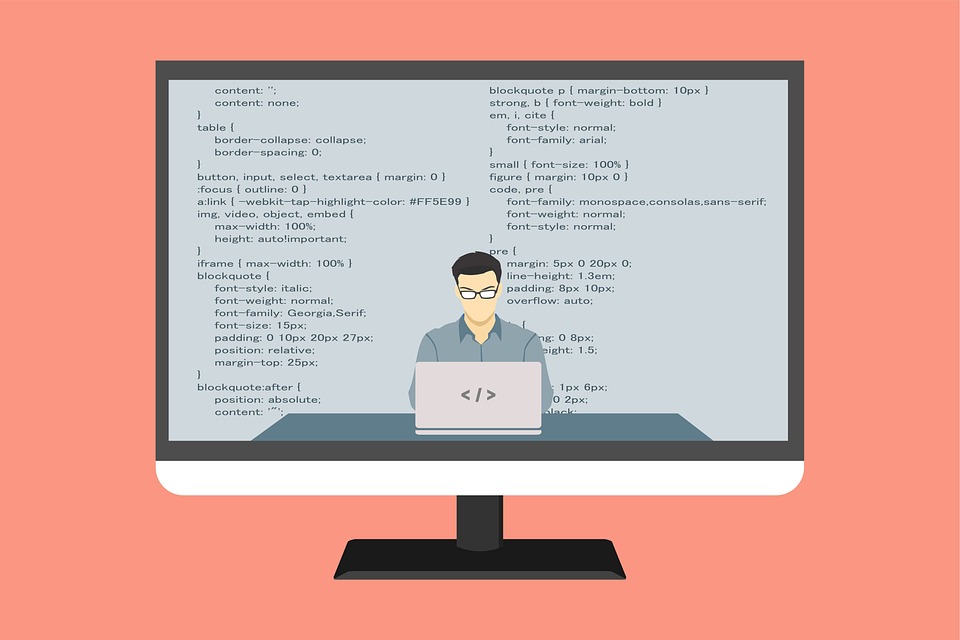In the ever-evolving world of web design and development, capturing a user’s attention and keeping them engaged is paramount. One powerful tool in a developer’s arsenal that has been steadily gaining traction is Motion UI. By incorporating animations and transitions, Motion UI not only enhances the aesthetic appeal of a web application but also improves the overall user experience. In this blog, we will delve into how motion design can bolster user engagement and highlight popular frameworks such as Motion UI and GreenSock to help you create captivating interactive experiences.
The Power of Motion in UI Development
Enhancing User Experience
When users visit a website, they often make snap judgments about their experience within just a few seconds. The first impression counts, and animations play a crucial role here. They add a layer of interactivity, making web applications feel more dynamic and responsive. Here’s how animations and transitions can improve user engagement:
-
Guiding User Attention: Subtle animations can gently guide users’ eyes towards important content, calls-to-action, or navigation elements, ensuring they find what they need without hassle.
-
Providing Feedback: Animations can provide immediate feedback for user actions, such as hovering over buttons or submitting forms. This instills confidence in users, letting them know their actions have been recognized.
-
Establishing Brand Identity: Unique and creative animations can reflect your brand’s personality. A startup may choose playful animations, while a law firm might opt for sleek transitions to convey professionalism.
- Creating a Sense of Flow: Well-timed transitions and animations can create a seamless navigation experience. They can bridge the gap between different sections of a website or app, making the overall journey feel cohesive and intuitive.
Reducing Cognitive Load
Animations can simplify complex interactions, reducing the cognitive load required from users. For instance, consider a multi-step form; rather than jumping from one step to another with jarring changes, transitions can smoothly lead the user through the process. This way, users are less likely to feel overwhelmed, leading to better conversion rates.
Exploring Popular Motion UI Frameworks
Motion UI
Motion UI is a popular Sass library that allows developers to create rich animations and transitions with ease. It provides a set of pre-defined CSS transitions and JavaScript animations that can be easily integrated into projects. Here’s what makes Motion UI a go-to choice:
-
Ease of Use: It simplifies the complexities involved in animation development. With ready-to-use classes, you can quickly implement transitions that are compliant across various devices.
-
Customization: Developers have the flexibility to create custom animations tailored to their branding requirements, ensuring that every visual element is aligned with the overall design.
- Responsive Design: Motion UI recognizes the importance of responsiveness, making it seamless to incorporate animations that enhance mobile and desktop experiences.
GreenSock (GSAP)
GreenSock Animation Platform (GSAP) is another powerhouse in the world of animations. It offers a robust suite of tools for creating high-performance animations on the web. Here’s why you should consider GSAP for your next project:
-
Performance: GSAP is engineered for speed and performance, ensuring animations run smoothly without compromising the user experience, even on resource-intensive applications.
-
Control: It provides unparalleled control over animations, allowing developers to easily create complex sequences and timelines, which can be crucial for intricate designs.
- Cross-Browser Compatibility: GSAP is built with compatibility in mind, so you won’t have to worry about animations breaking on different browsers or devices.
Best Practices for Motion UI Development
-
Use Animation Sparingly: While animations enhance the experience, overloading your interface can distract and overwhelm users. Aim for a balance where motion serves a purpose.
-
Prioritize Accessibility: Ensure that animations do not hinder accessibility. Provide options for users to reduce motion if they have sensitivities.
-
Test on Various Devices: Always test your animations on different devices and screen sizes to guarantee a consistent experience across platforms.
- A/B Testing: Consider conducting A/B tests to see which animations resonate best with your audience and improve engagement metrics.
Conclusion
Motion UI development is not just about adding aesthetic flair; it’s a critical component of enhancing user engagement and satisfaction. By leveraging frameworks like Motion UI and GreenSock, you can create interactive experiences that captivate users, guide them through their journey, and ultimately, drive conversions.
Remember, the goal of Motion UI is to make the user experience fluid and engaging. With thoughtful implementation of animations and transitions, you’ll not only draw users in but also keep them coming back for more. Embrace motion and elevate your next project to new heights!




